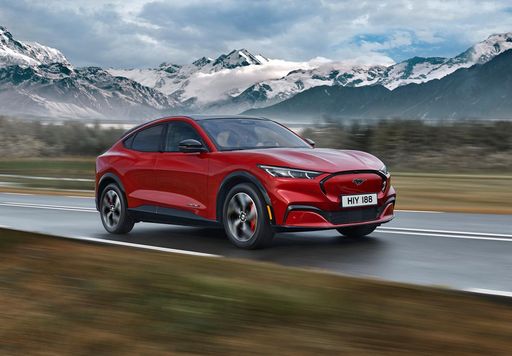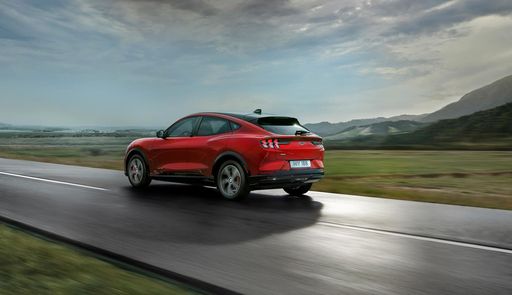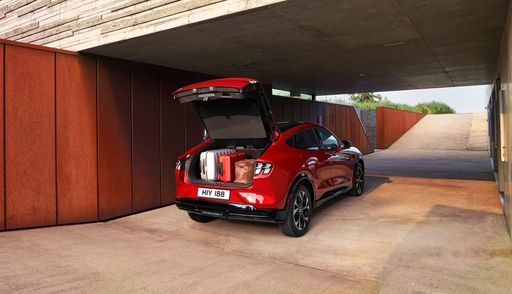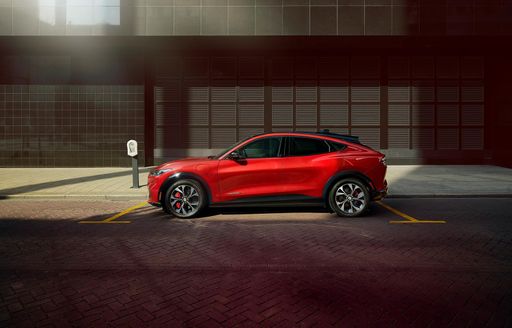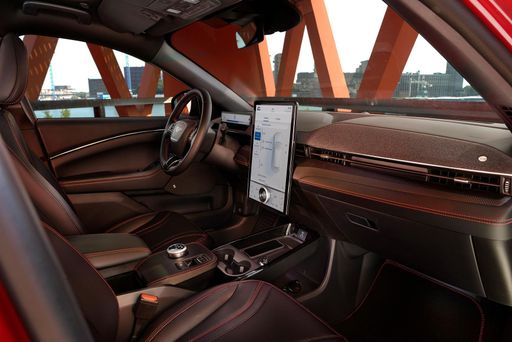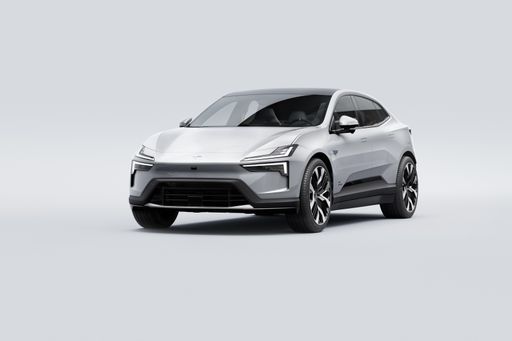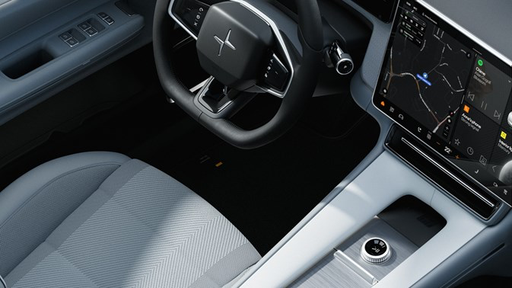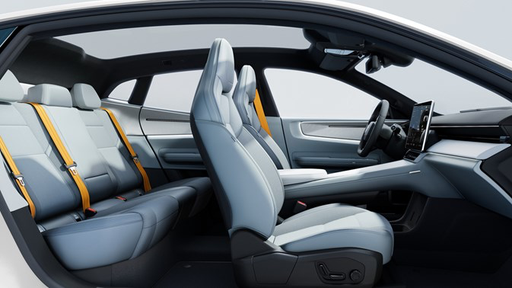Ford vs Polestar: A Detailed Comparison of Electric SUVs
As electric vehicles (EVs) gain traction in the automotive market, two contenders have captured attention: Ford and Polestar. Both brands, rooted in rich automotive traditions, have ventured into the electric SUV segment, bringing forth innovative technologies and compelling designs. In this article, we will delve into a head-to-head comparison of Ford's electric offerings against those from Polestar, exploring their technical specifications, innovations, and features.

